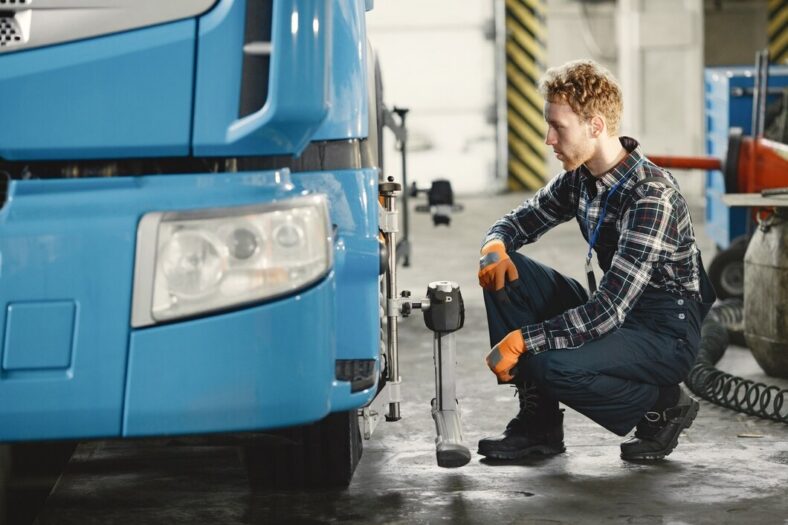Lifting heavy vehicles for maintenance and repairs is a critical task that requires precision, knowledge, and the right equipment. Safety is paramount, as improper handling can lead to dangerous accidents and costly damages. This article provides essential tips on how to safely lift heavy vehicles, ensuring both mechanic safety and vehicle integrity.
Understand Weight Specifications
Before lifting any vehicle, it’s crucial to understand its weight specifications. This information is typically found in the vehicle’s owner’s manual and will determine the type of lifting equipment needed. Exceeding the weight capacity of lifting equipment can lead to failure and potential injury.
Choose the Right Lifting Equipment
Selecting appropriate lifting equipment is vital for the safety of both the vehicle and the mechanic. For heavy vehicles, high quality truck jacks are specifically designed to handle the substantial weight.
These jacks come in various types, including bottle jacks, floor jacks, and pneumatic jacks, each suitable for different scenarios and weight ranges. Ensure the jack you choose not only supports the weight of the vehicle but also is compatible with its lifting points.
Inspect and Prepare the Lifting Area
Inspect the area where you plan to lift the vehicle. It should be flat, stable, and free of any debris that could compromise the stability of the jack or the safety of the environment. Concrete floors are ideal because they provide the necessary stability and resistance required for heavy lifting tasks.
Position the Jack Correctly
Positioning the jack correctly is fundamental to safely lifting a vehicle. Always place the jack under the vehicle’s designated lift points as specified by the manufacturer. These points are designed to support the weight of the vehicle during lifting. Incorrect placement can damage the vehicle or cause the jack to slip.
Stabilise with Jack Stands
Once the vehicle is lifted, never rely solely on the hydraulic system of the jack to keep the vehicle elevated while working on it. Always use high-quality jack stands to stabilise the vehicle. Place the jack stands under the vehicle at the appropriate support points, adjust them to the correct height, and ensure they are securely locked in place.
Perform Regular Maintenance on Lifting Equipment
Regular maintenance of your lifting equipment, including truck jacks, is essential to ensure they remain safe and functional. This includes checking for hydraulic fluid leaks, testing the jack’s stability and functionality, and inspecting for any signs of wear or damage. Proper maintenance helps prevent equipment failure and extends the lifespan of the tools.
Follow Safety Protocols
Always follow strict safety protocols when lifting and maintaining heavy vehicles. This includes wearing appropriate personal protective equipment, like gloves and safety glasses, and never working alone. Always have a colleague or an assistant nearby in case of emergencies.
Key Practices for Heavy Vehicle Lifting
Safely lifting heavy vehicles requires attention to detail, adherence to safety standards, and the proper use of specialised equipment such as truck jacks. By following these guidelines, you can ensure a safe environment for both the mechanic and the vehicle.
As you continue to perform lifts, regularly revisiting safety practices and equipment functionality is key to maintaining a safe working space. For additional safety tips and guidelines, consider exploring resources on safe lifting techniques in automotive repair.

Leave a Reply